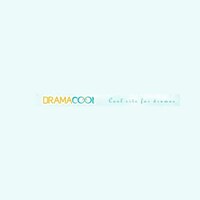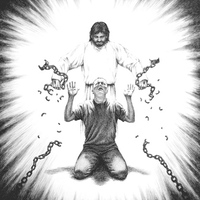Huh, LA Mayor (still as of 11/2023) Karen Ruth Bass out there talking about having HOUSING in EVERY city; Uh she does know that there's 88 individual cities within Los Angeles County size: 4,753 square miles all around right? Because I hope she ain't thinking she's gonna tell the 88 other individual cities own Mayor's what THEIR GONNA DO. Because ANY could know just what kind of additional understated just more verbal, misc drama THAT'S gonna bring, un2 ALL of LA's 9,861,224 adult $ tax paying civilian's, if even to additionally deal with (above) Karen's B/S aside from Mob-Pimp mentality thug's LA Board of Supervisors 20 yrs-2 date. Housing in EVERY city? MORE like 'Mobile Morgues' in EVERY city or worse ie: film-movie: "Schindler's List", 'Dig a hole & light (via fire) THEM (U & us ALL in LA) up!
People
Circles
Posts
Can we see K-drama in YouTube
website : https://connect.garmin.com/modern/profile/de88882e-1465-4671-a0ff-227dee14c329
WHY ANY no do SELF deny Warrior 4 God cuz ALL got (past-2 date) 2 many-vast & various else mesmerizing (focus-attention span) distractions, drama & adult toys; this ALL LITERALLY ONLY ENDS 1 WAY as worse is Coming! ugh LOSERS! Jesus will deal with-handle ALL after death! So B it! So called (celebrities?) R just high $ paid (court jesters - if THAT, even WORSE) & whatever volume thereof R going 2 NON voluntarily-NON optionally & forcibly (via 1's own SELF assigned archived-documented Heaven 'Earth' Life Record) join vast others-else already in 4 ever Hell after death!
Videos
Circles
Videos
Posts
Huh, LA Mayor (still as of 11/2023) Karen Ruth Bass out there talking about having HOUSING in EVERY city; Uh she does know that there's 88 individual cities within Los Angeles County size: 4,753 square miles all around right? Because I hope she ain't thinking she's gonna tell the 88 other individual cities own Mayor's what THEIR GONNA DO. Because ANY could know just what kind of additional understated just more verbal, misc drama THAT'S gonna bring, un2 ALL of LA's 9,861,224 adult $ tax paying civilian's, if even to additionally deal with (above) Karen's B/S aside from Mob-Pimp mentality thug's LA Board of Supervisors 20 yrs-2 date. Housing in EVERY city? MORE like 'Mobile Morgues' in EVERY city or worse ie: film-movie: "Schindler's List", 'Dig a hole & light (via fire) THEM (U & us ALL in LA) up!
Can we see K-drama in YouTube
website : https://connect.garmin.com/modern/profile/de88882e-1465-4671-a0ff-227dee14c329
WHY ANY no do SELF deny Warrior 4 God cuz ALL got (past-2 date) 2 many-vast & various else mesmerizing (focus-attention span) distractions, drama & adult toys; this ALL LITERALLY ONLY ENDS 1 WAY as worse is Coming! ugh LOSERS! Jesus will deal with-handle ALL after death! So B it! So called (celebrities?) R just high $ paid (court jesters - if THAT, even WORSE) & whatever volume thereof R going 2 NON voluntarily-NON optionally & forcibly (via 1's own SELF assigned archived-documented Heaven 'Earth' Life Record) join vast others-else already in 4 ever Hell after death!
More #X drama in #Brazil #censorship
https://newstarget.com/2024-04-11-x-employees-brazil-threatened-arrest-musk-says.html

In order to “do a full data dump” on the situation transpiring in Brazil with its new authoritarian government, X’s Elon Musk has told his Brazilian employees that they first need to make sure they are in a safe place. The situation in Brazil is dire, in case you missed it. Brazilian Supreme Court Justice […]
www.newstarget.com
I - me like the soft - mellow music of Jackie Gleason Orchestra & he DIDN'T just do acting, soft - mellow music of Frank Sinatra, Duke Ellington, Miles Davis, Billie Holiday, Ella Fitzgerald, (me) like NO drama, am low maintenance, am old school ie: micro TV dinners & small 10" size Black & White TV, peace & quiet, old rocking chair. Almost near emptied - spaced pest control treated & clean small 417 sq ft apt in area of 90068 of Los Angeles, apt's windows covered up as I like it low lit via whether low energy - powered night light's or misc, 3' foot high refrigerator & NO bed but a 7' foot long x 3' wide x 2' high COT as it'd make available more open spacious thereof a 417 sq ft apt.




